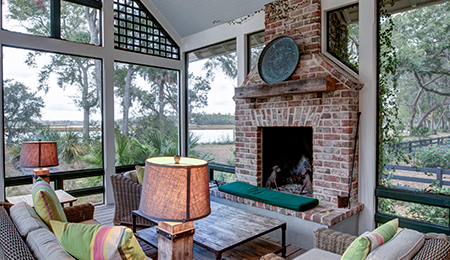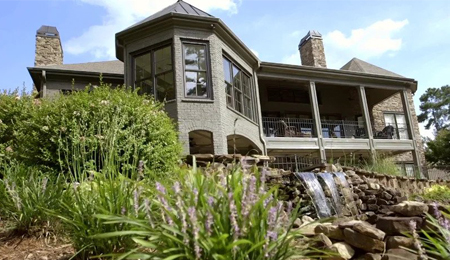Using the latest numbers to analyze how inflation has affected our market.
Beyond making the price of gas and other goods astronomical, how has inflation affected the real estate market? Today we’ll look at the May 2022 numbers and compare them to both the stats from May 2021 and those of April 2022.
Last year in May, 647 new listings came on the market, but in May of this year, 847 new listings hit the market. The number of pending sales decreased from 554 to 394 in that period. Closed sales also dropped from 575 to 553. Homes are selling faster this year than last; the average days on market fell from 55 days in 2021 to 38 days in 2022.
Prices are still on the rise—the median sale price rose from $235,000 to $280,000 between this year and last. The list-to-sale price ratio, or how much of their list price sellers tend to get when they sell, increased from 99.4% to 100.5%. In terms of supply, inventory rose from 1.4 months last year to 2.3 months this year. The National Association of Realtors says that anything under a six-month supply is a seller’s market, showing that we’re currently in a very strong seller’s market.
“There’s still a demand for homes; things just aren’t as hectic as they used to be.”
The real estate market can change very quickly in a small amount of time, so now let’s take a look at how things are changing on a month-to-month scale between April and May of this year.
Six hundred seventy-nine new listings came on the market in April, but an influx of inventory boosted that number up to 847 by May. Pending sales dropped slightly from 397 to 394, though closed sales rose from 535 to 553 month over month. The average days on market decreased from 41 to 38 days, meaning that homes are selling faster.
Even when examined within a smaller span, we can see that home prices are still rising. The median sale price was $255,000 in April but rose to $280,000 in May. At 100.5%, the list-to-sales price ratio didn’t change for sellers during that time. Inventory increased from 1.9 months of supply to 2.3 months.
What does all of this mean for you? Rising interest rates have slowed down demand slightly, and our extreme lack of inventory means that buyers still don’t have many options to choose from. There’s still a demand for homes; things just aren’t as hectic as they used to be. Where sellers might once have gotten 30 showings within their first two days of listing, they might now only get four or five offers.
If you’ve been thinking about buying a home, you need to act quickly before interest rates increase any more. Further rate hikes could limit your price range or price you out of the market altogether. If you’re a seller, you also need to act now—this could be your last, best chance to get the highest price for your home via bidding wars. As rates go up, your buying pool will decrease, meaning that competition for your home will be dampened.
Whether you’re looking to buy or sell, or if you have any questions about the housing market, please give us a call or send us an email. We’d love to sit down with you to discuss where you stand in today’s changing market.



